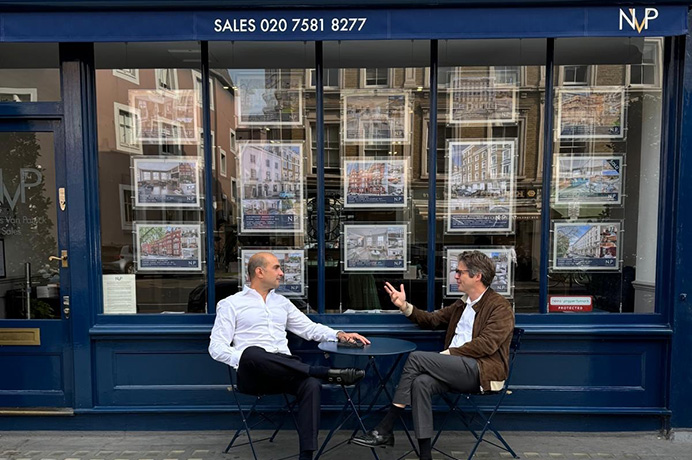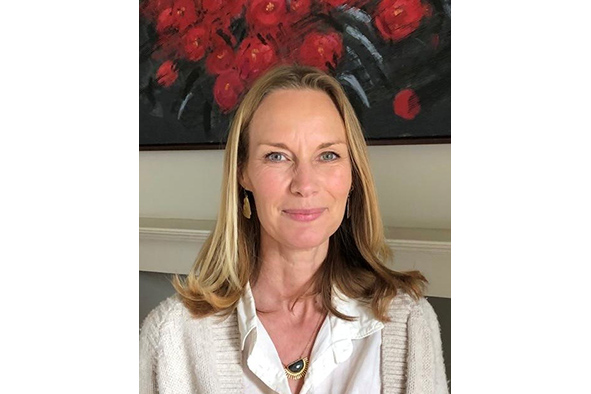The lost art of valuing – how the banks have yet to catch up with the market in PCL
By Nic Pejacsevich, director of Nicolas Van Patrick
One glance at the flurry of updates from housebuilders and estate agents and it’s clear that the pandemic residential housing boom still has plenty of momentum. It has certainly been a strong market for Nicolas Van Patrick over the past year, but we would still urge a note of caution. Our pipeline in September was the biggest it has ever been and yet we were in danger of losing nearly a quarter of it thanks to down valuations from the banks. Fortunately, we have been able to save some of those deals we thought were lost but it has been a stressful time, requiring some delicate negotiating.
One example of a deal that nearly fell out of bed was an unmodernised property with development potential for sale in Knightsbridge. We agreed a very good offer from a buyer who needed a 40 per cent loan-to-value mortgage so they weren’t too stretched. However, the bank valued the property at 12 per cent below the agreed price as it wouldn’t take into account the full extent of the development potential. We explained to the buyer that this has been happening frequently; luckily, he was open to bridging some of the gap, as was the vendor, who was prepared to meet him somewhere in the middle. We were able to find common ground, with an outcome that was satisfactory and fair to both.
With another property, buyer and seller agreed to proceed at £22m but the bank came in at £20m – another significant haircut. While the buyer was happy to proceed at the reduced price, the seller wasn’t, and in this case, we weren’t able to bridge the gap.
Lenders mostly rely on comparative evidence in order to assess value and where this is piecemeal, as is the case in Knightsbridge, it can be difficult. The banks don’t have enough comparisons to reflect prices being agreed; because of Covid and particularly in PCL, there are very few comps around, which isn’t the case in an area such as Wandsworth, for example.
It is extremely frustrating for us as agents, particularly where seller and/or buyer are not open-minded and willing to negotiate between what the bank thinks something is worth and the previously agreed asking price. The question is: when are the banks going to align themselves to the reality of what is actually happening in PCL? Will it take them until the spring to catch up? Transactions are taking place which support the prices sellers are asking as, in the main, we have seen buyers willing to pay in order to get the property they want. But we need a critical mass of cash sales, achieving the prices that are possible, in order to give lenders the evidence they demand.
We have come a long way from last spring when the housing market was forced to close its doors to business because of the pandemic. The situation is vastly improved but when it comes to lending, the banks remain prudent. Moreover, it is a myth that all PCL deals are done for cash; many buyers leverage, partly because they have to as their assets may not be liquid and/or to take advantage of low interest rates. If the bank down values a property, some buyers will try and use this as a way of chipping on the price. The trouble is that while sellers may be motivated, they are not often desperate and don’t mind playing the long game. If that means waiting for another buyer who will pay more, then so be it.
At Nicolas Van Patrick, we like to think of ourselves as the voice of reason. We have our feet on the ground and part of our job is to educate buyers and sellers as to what is going on in the market. So what can buyers and sellers do? It is worth being flexible if you possibly can. The market is improving but we have come to realise that there are no guarantees. If you are serious about proceeding, it is worth trying to bridge the gap.
It is a shame that the valuation process is often lost in the pounds-per-square-foot exercise and important factors such as the uniqueness of a property, ceiling height, development potential and market sentiment are not more of an integral part of the valuation process. Having said that, it is unsurprising that not everyone is aligned when it comes to values, given what we have been through and are still going through. There are gaps in market knowledge, which needs to be filled and could take time. What we do know is that despite everything, London remains a place where people want to live and to invest, and that continues to give us cause for cautious optimism.

 Knightsbridge
Knightsbridge Chelsea
Chelsea Kensington
Kensington Belgravia
Belgravia












